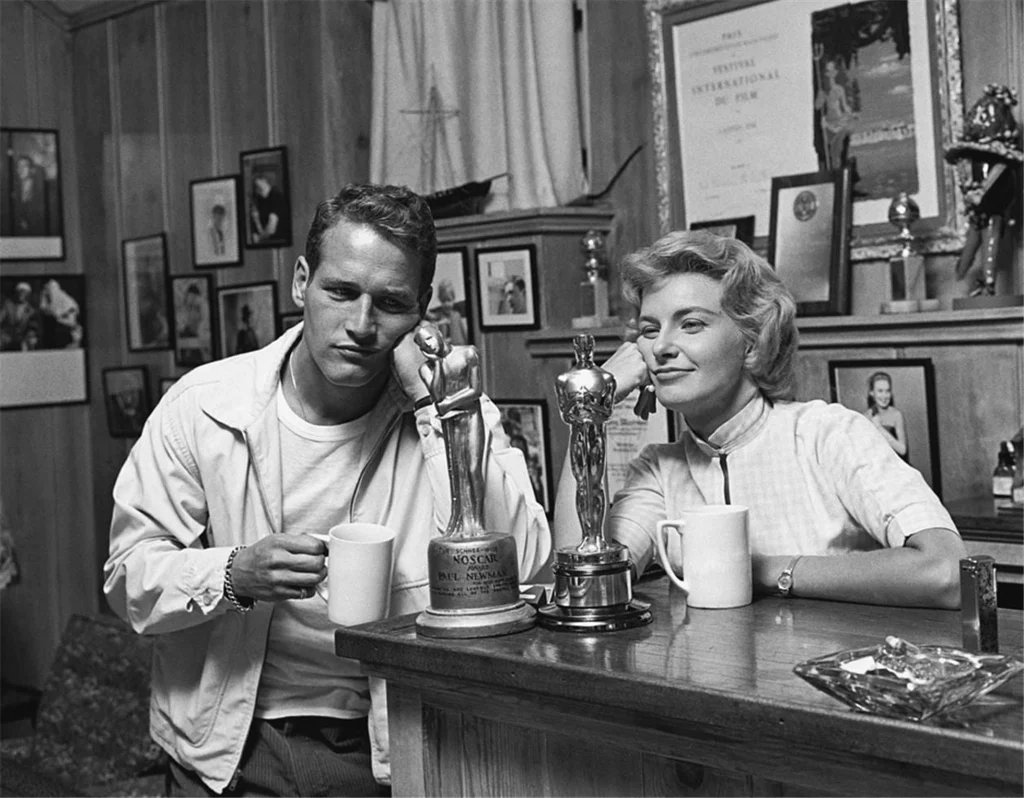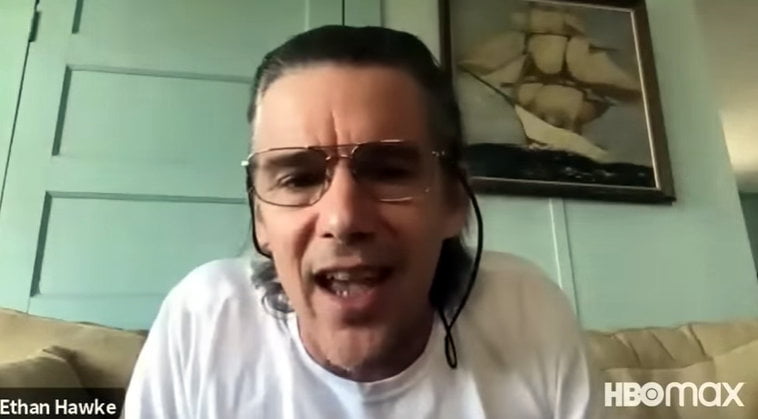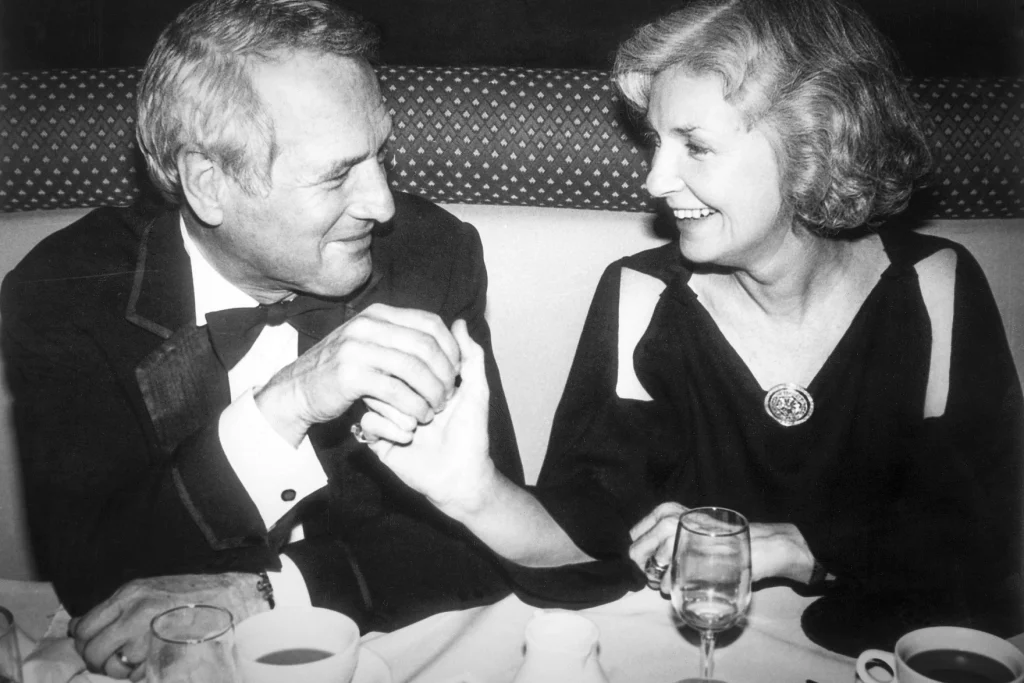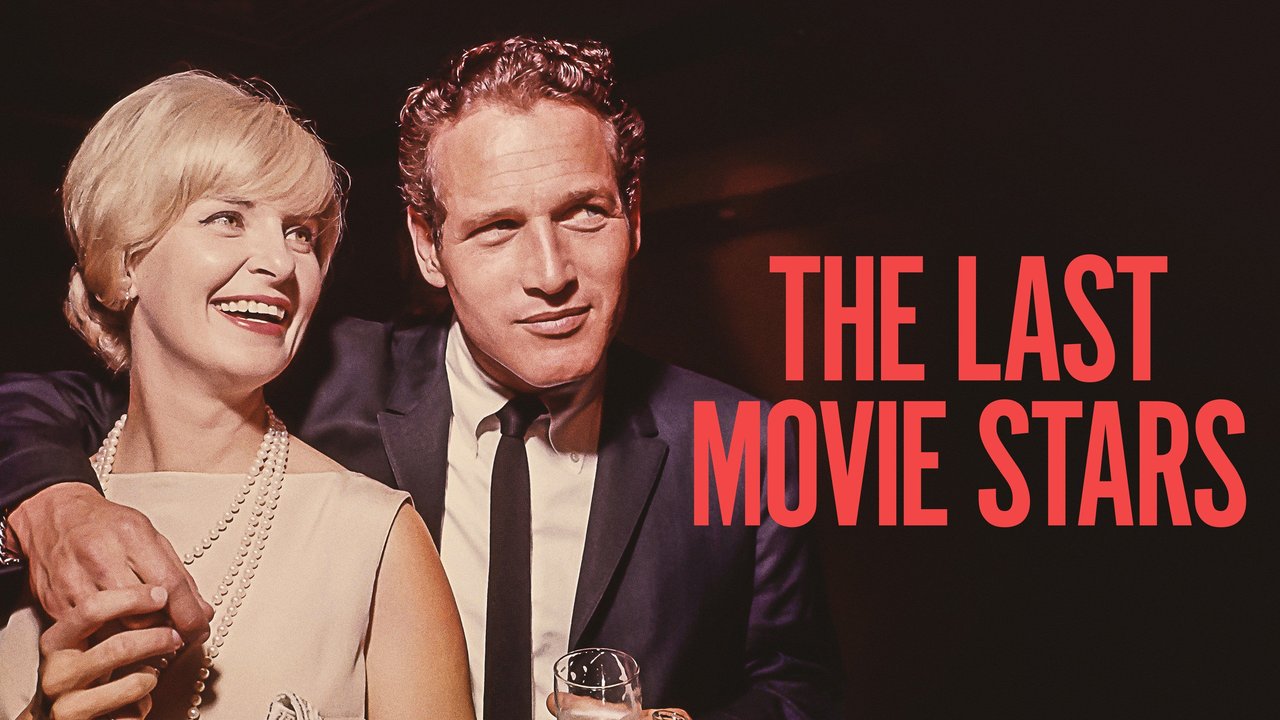The Last Movie Stars is a six-part documentary created by actor, director, and producer Ethan Hawke. It follows couple Paul Newman and Joanne Woodward over several years in the latter half of the 20th century, covering many moments throughout their lives from their beginnings as New York stage actors to their rise to fame in Hollywood to their advocating for social and political causes that help define their legacy. Paul Newman has been dead for nearly 15 years and Joanne Woodward has long retired from acting and is sadly struggling with Alzheimer’s. The Last Movie Stars is a collaboration between Hawke and the surviving Newman daughters. Younger movie fans may be unfamiliar with Woodward and Newman and their impact on popular culture and the world at large. However, the documentary succeeds in revealing another side of Paul Newman that’s at times unsettling while also emphasizing Miss Woodward’s gifts. Woodward was commonly known as the “better” actor of the two and was the one to find great success first before devoting her time to raising children.

From my understanding, these two movie stars are referred to as the ‘last’ of their ilk mainly because they were some of the last artists under contract for the great original motion picture studios. The old studio system essentially collapsed at some point in the 1960s, but studios like MGM and 20th Century Fox were Newman and Woodward’s respective employers early on in their careers. The late 1960s and early 70s was a turbulent time in America and the Newmans (Paul especially) did not shy away from advocating for civil rights and endorsing political candidates. It’s mentioned at one point in the film that President Nixon actually had Newman on his enemies list. A fact that Paul allegedly took great pride in.
When not discussing depressing subjects like Paul Newman’s relationship with his mother or the death of his only son Scott due to drug overdose, Hawke tries to keep it light. He casts George Clooney and Laura Linney as Newman and Woodward respectively to read old interview transcripts kept by the former silver screen star (Newman reportedly burnt all the original tapes). Hawke invites various others to read for friends and family of the Hollywood power couple. Legendary figures such as Martin Ritt, Robert Redford, and Gore Vidal are given voice by a modern assembly including Zoe Kazan, Karen Allen, and Tom McCarthy. With the actual interview tapes destroyed, all that remains are the transcripts, a fact that makes this whole production a little more mysterious and alluring.

Hawke uses Zoom to share his interactions with other contemporary actors, writers, and friends like Oscar Isaac, his daughter Maya, and Richard Linklater. They discuss Hawke’s findings and gush over Paul and Joanne’s filmography and in Paul’s case, his achievements as an actor, director, and overall huge celebrity status. By interweaving these virtual exchanges with old movie clips and archival footage, Hawke makes The Lost Movie Stars a jaunty but revealing and authentic account of the couple’s lives in front of and behind the camera.
At one point in the documentary, it is revealed that Paul Newman attributed his success to being a white American male born in 1925. It’s an interesting comment that pre-dates the cisgender white male privilege conversations that are more common in society today. Newman also humbly attributes his success to his blue eyes and his unique streak of luck. Luck is something he cites multiple times as the reason for his survival during World War 2 (by being colorblind and in the right place at the right time) and for his astonishing financial success later in life. ‘Newman’s Own,’ a popular brand best known for items such as salad dressings and lemonade, is stocked on the shelves of supermarkets throughout the world. All of its profits-anywhere between an estimated $700,000 and 1 billion dollars-are donated to charity.
These were people who made heavy impacts. They pushed forward a revolutionary style of acting in the 50s and 60s that helped legitimize the form both here and abroad. Their personal wealth came second to a sense of obligation and duty they felt as human beings on this planet. If only more people could be like Paul Newman and Joanne Woodward.

By the end of the series, I could not shake the idea that the Newmans somehow transcended their collective film roles and social causes to achieve an artistic stature unparalleled. The Last Movie Stars is an appropriate title and an unfortunate truth for that which was and will never be again.

Comments